One of the many services we provide is the education of business owners, supervisors and technicians on the subject of how to work with legislation in regards to working at height. It is undoubtedly a complicated matter that most Health and Safety Officials don’t comprehend well enough to give well-informed advice. The Health and Safety Official assigned to a project has much to think about and cannot be expected to know it all, especially if they have been incorrectly led to believe that wearing a harness properly encompasses all of the necessary safety precautions. Although it is true that the aforementioned is important, understanding the requirements of proper documentation is imperative and may prevent unnecessary setbacks.
In the matter of training people with the work at height systems, it is common to hear that workers receive only a generic training of a few hours. Often there is no physical requirement and they have never actually used the equipment that could potentially save their lives! Needless to say that proper hands-on training is essential however before we continue with the steps of proper training; let us first look at legislation.
Legislation pertains to a law that was created to keep people safe and usually results from previous mishaps, analyses of risk and debate. Laws that are relevant to working at height are created to keep workers safe under any circumstance. In order to be fully compliant with the law, you must create a safe environment for those in your charge in which all workers can have input and fully understand what is required for themselves and for others to be safe.
In Canada the federal government has a law in place for fall protection meaning that on federal sites such as communication towers we must comply with those rules.
In addition, every province has individual rules.
Relating to those laws, the CSA (Canadian Standard Association) is often mentioned in reference to the standards that are mandated. The CSS is the government body who endorses those standards. It is not necessary for CSA to test these products as there are many other laboratories that test also to the CSA standard. Consequently it can be confusing for the end-user as in Canada, not all products meet the CSA standard or there is no CSA standard, or are simply not tested to the CSA standard, as there is no requirement for it by law.
Many provinces therefor refer to a professional engineer to get the system set up and approved. This is where the true knowledge comes in to make sure a safe and workable system is created, implemented and maintained.
Part of this system includes the workers using the equipment. They need to be properly educated and tested in the following:
- How to use the individual pieces of equipment and know their limitations
- How to inspect the equipment
- Where to find the information regarding the equipment used
- How to use the equipment in a system, and
- How to perform a rescue from the system
Proper information should be on hand including all certificates which certify that the system was approved and that the training of the system was conducted. This information could be in the form of individual manuals of each item used but should also contain an anchoring plan and a risk assessment specific to where the system is being used.
A daily toolbox including talk and notes of these talks should be onsite as well, in which not only the system and tools are discussed but also the weather.
Last but not least, it is imperative that the system be properly maintained and inspected. This inspection has to be done at least on a yearly basis and in most provinces, this is mandatory.
In conclusion, here is a list of action items that are required when working at height:
- Know your local legislation
- Complete a risk assessment prior to the job
- Create the system needed and have it stamped by an engineer
- Make an anchoring plan
- Provide training
- Create a binder with documents such as manuals and certificates
- Do your daily toolbox meetings, and
- Don’t forget to check and maintain the system used
Despite the differing descriptions and terminology in existence, as long as you use the aforementioned guidelines, follow the rules and go beyond the requirements where possible, you will succeed in avoiding setbacks (in the form of a fine) and in keeping your workers, colleagues and anyone using your system safe at height!
Stay safe,
Igor Stomp
EYOLF Inc.
